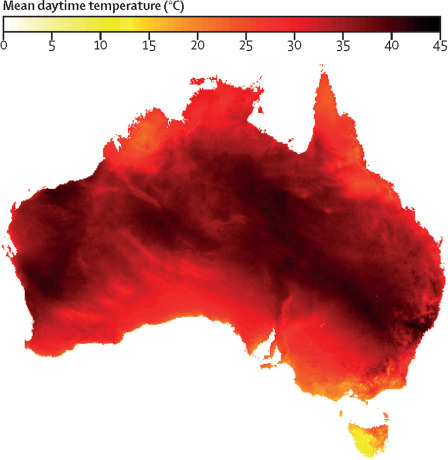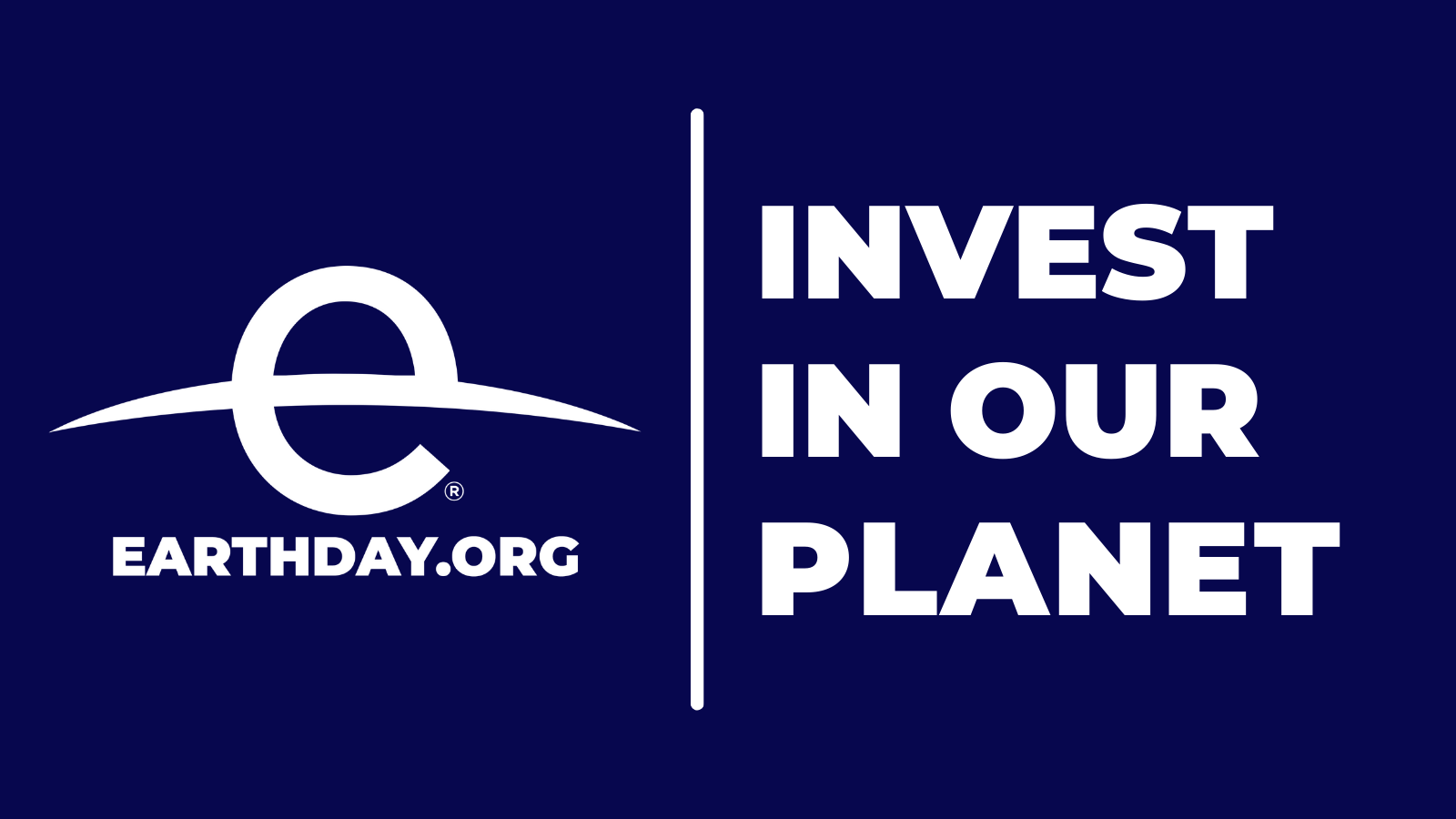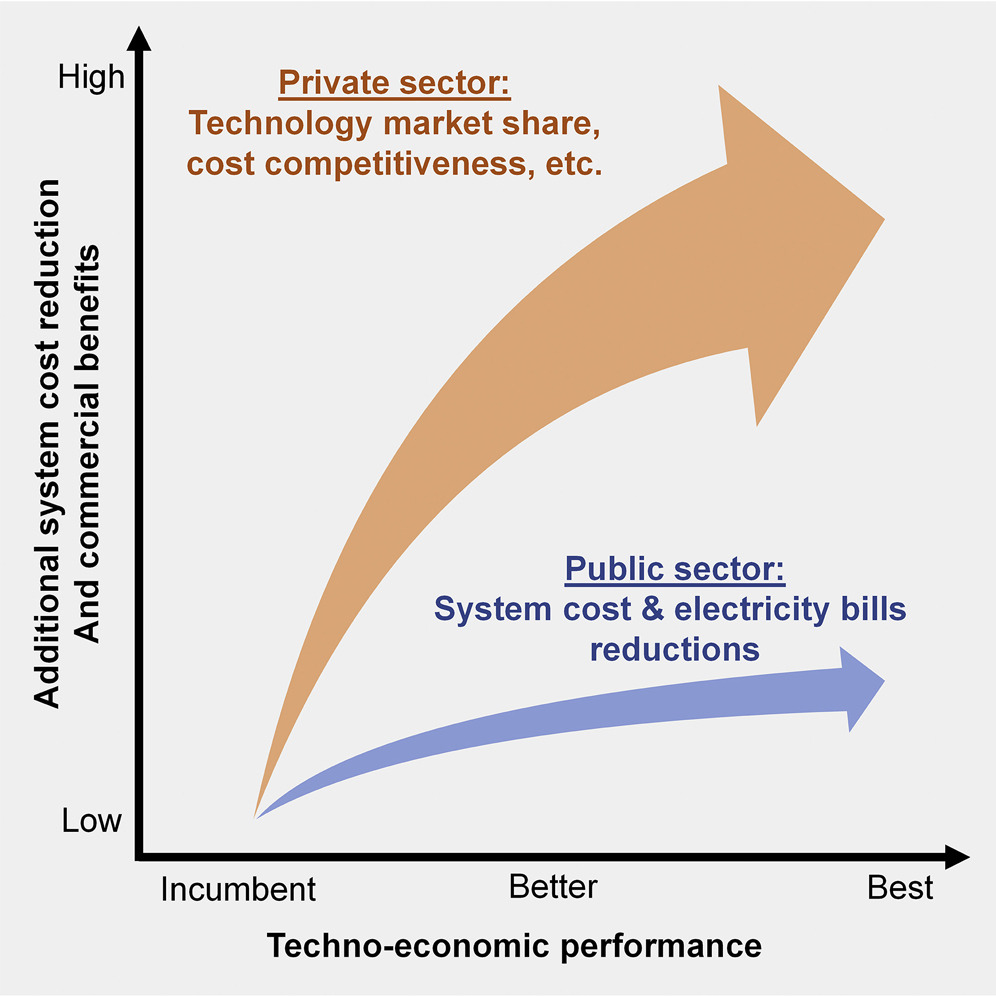The Lancet Planetary Health, Volume 6, April 2022
Background: Increasing air conditioner use for cooling indoor spaces has the potential to be a primary driver of global greenhouse gas emissions. Moving indoor air with residential fans can raise the temperature threshold at which air conditioning needs to be turned on to maintain the thermal comfort of building occupants. We investigate whether fans can be used to reduce air conditioner use and associated greenhouse gas emissions.
On April 22 every year, we celebrate the anniversary of the birth of the modern environmental movement with Earth Day. Since the first Earth Day in 1970, this day has marked global collaboration and awareness of the need to fight for a cleaner and healthier Earth. It all began in 1962 when Rachel Carson’s Silent Spring hit the New York’s bestseller list selling over 500,000 copies in 24 countries.
The Lancet Global Health, Volume 10, April 2022




